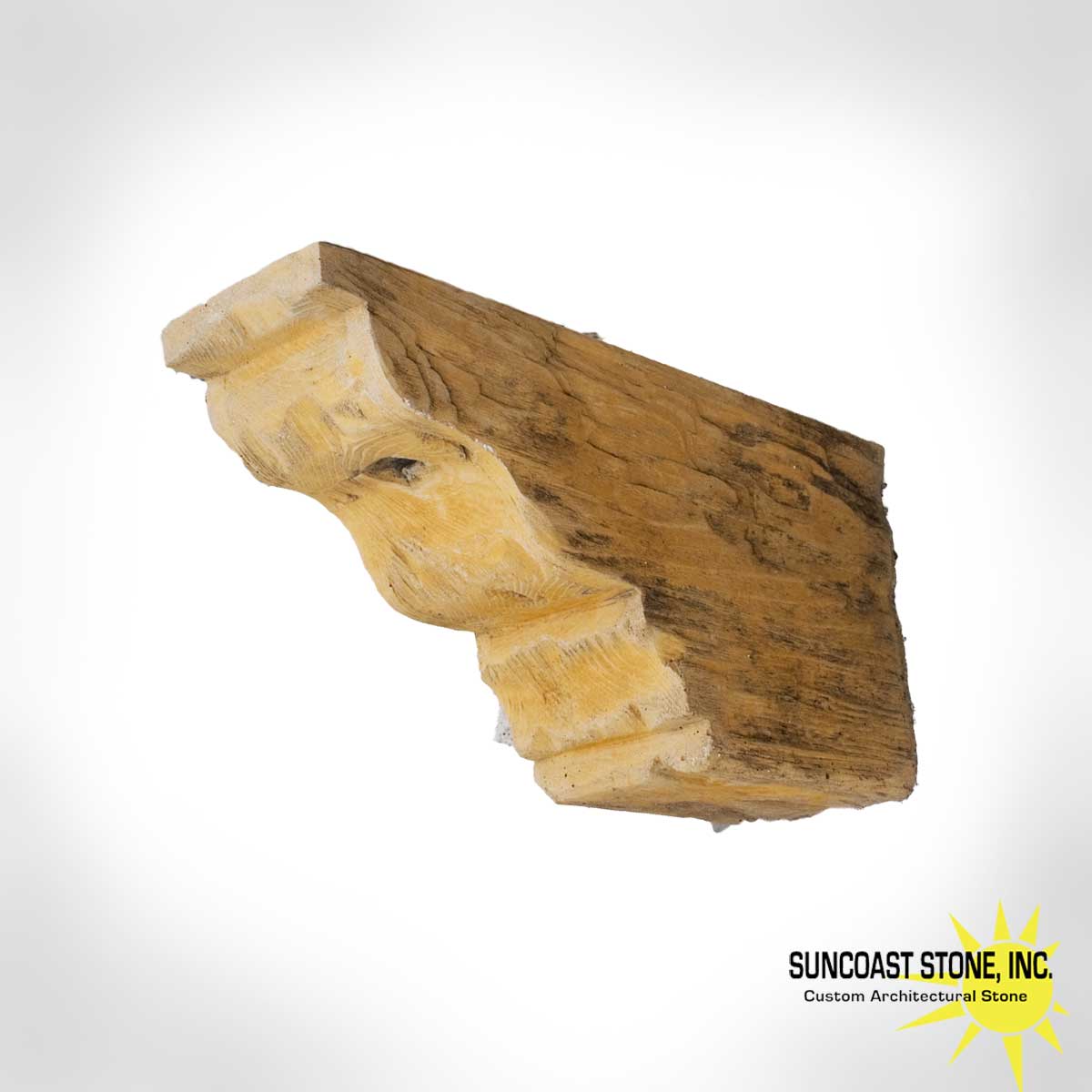Wood has been a fundamental part of human history and development, playing a crucial role in shaping civilizations across the globe. Its versatility and durability have made it an invaluable resource, used in everything from construction to art. But what exactly is the story behind this natural material? This article dives deep into the captivating world of wood, exploring its origins, uses, and significance in modern society.
From ancient forests to contemporary design, wood continues to evolve and adapt, meeting the demands of an ever-changing world. Understanding the journey of wood can provide valuable insights into its importance and potential for future applications.
This comprehensive guide will take you through the intricate details of wood, its historical significance, and how it remains relevant today. Whether you're a professional, a hobbyist, or simply curious about this versatile material, this article offers something for everyone.
Read also:Wasmo Telegram Link 2023 Your Ultimate Guide To Joining The Community
Table of Contents
- The Origins of Wood
- Types of Wood and Their Characteristics
- The Historical Use of Wood
- Modern Applications of Wood
- Sustainability in the Wood Industry
- The Economics of Wood
- Caring for Wood Products
- Technology and Wood Innovation
- Wood in Design and Architecture
- The Future of Wood
The Origins of Wood
Understanding the Natural Formation of Wood
Wood originates from the structural tissue of trees and shrubs. It is primarily composed of cellulose, lignin, and hemicellulose, which provide strength and flexibility. The process of wood formation, known as xylogenesis, occurs in the cambium layer of a tree, where cells divide and differentiate into wood.
Factors such as climate, soil quality, and genetic makeup influence the properties of wood. For instance, trees grown in colder climates tend to produce denser wood, while those in tropical regions may have faster growth rates and lighter wood.
Types of Wood and Their Characteristics
Hardwoods vs. Softwoods
Wood is broadly categorized into two main types: hardwoods and softwoods. Hardwoods, such as oak, maple, and walnut, come from deciduous trees and are generally denser and harder. Softwoods, like pine, cedar, and spruce, are derived from coniferous trees and are typically lighter and easier to work with.
- Hardwoods: Known for their durability and aesthetic appeal, often used in high-end furniture and flooring.
- Softwoods: Commonly used in construction due to their affordability and ease of processing.
The Historical Use of Wood
Wood in Ancient Civilizations
Throughout history, wood has been indispensable. Ancient Egyptians used wood for building ships, tools, and furniture. In medieval Europe, timber was the primary material for constructing homes and fortifications. The versatility of wood allowed early civilizations to thrive, as it could be adapted to various needs.
According to historical records, the use of wood dates back thousands of years. Archaeological findings have uncovered wooden artifacts from as early as 4000 BCE, highlighting its enduring significance.
Modern Applications of Wood
Wood in Contemporary Society
In today's world, wood remains a vital resource. It is used in construction, furniture manufacturing, paper production, and even as a renewable energy source. Advances in technology have expanded the possibilities for wood usage, making it more efficient and sustainable.
Read also:Mzansi School Telegram Channels The Ultimate Guide For Learning And Community Building
For example, engineered wood products like plywood and particleboard offer cost-effective solutions for building projects. Additionally, innovations in wood preservation techniques have extended the lifespan of wood products, reducing waste and environmental impact.
Sustainability in the Wood Industry
Environmental Impact and Responsible Practices
Sustainability is a critical concern in the wood industry. Deforestation and habitat destruction have raised alarms about the environmental consequences of wood harvesting. However, efforts to promote sustainable forestry practices are gaining traction.
Certification programs like the Forest Stewardship Council (FSC) ensure that wood products come from responsibly managed forests. Consumers can make informed choices by selecting FSC-certified products, supporting ethical practices in the industry.
The Economics of Wood
Global Trade and Market Dynamics
The wood industry is a significant contributor to the global economy. It provides employment opportunities for millions of people and generates substantial revenue. However, market fluctuations and trade policies can impact the industry's growth.
According to the Food and Agriculture Organization (FAO), the global wood product market was valued at over $600 billion in 2021. This figure underscores the economic importance of wood and its derivatives.
Caring for Wood Products
Maintaining the Beauty and Durability of Wood
To ensure the longevity of wood products, proper care and maintenance are essential. Regular cleaning, polishing, and protecting wood from moisture and sunlight can prevent damage and preserve its natural beauty.
Here are some tips for maintaining wood:
- Use a soft cloth to clean surfaces gently.
- Avoid exposing wood to direct sunlight for extended periods.
- Apply wood polish or wax periodically to enhance its appearance.
Technology and Wood Innovation
Advances in Wood Science and Engineering
Technology has revolutionized the wood industry, enabling the development of innovative products and processes. Researchers are exploring ways to enhance wood properties through genetic engineering and chemical treatments.
For instance, cross-laminated timber (CLT) is a cutting-edge material used in modern construction. It combines layers of wood to create a strong and lightweight structure, ideal for tall buildings and large-scale projects.
Wood in Design and Architecture
Wood as an Aesthetic and Functional Material
In design and architecture, wood is prized for its warmth and natural beauty. It can be used to create stunning interiors, elegant furniture, and striking facades. Architects and designers often incorporate wood into their projects to add character and sophistication.
Case studies of famous wooden structures, such as the Eiffel Tower's wooden prototype and the wooden bridges of Japan, demonstrate the versatility and strength of wood in architectural applications.
The Future of Wood
Exploring New Horizons in Wood Utilization
As the world moves toward sustainable solutions, wood is poised to play a central role in addressing environmental challenges. Innovations in wood technology, coupled with responsible forestry practices, offer promising opportunities for the future.
Researchers are investigating the potential of wood-based composites and bio-based materials as alternatives to traditional plastics and metals. These advancements could revolutionize industries and reduce reliance on non-renewable resources.
Conclusion
The story of wood is a testament to its enduring value and adaptability. From its humble beginnings in ancient forests to its prominent place in modern industries, wood continues to captivate and inspire. By understanding its origins, characteristics, and applications, we can appreciate its significance and potential.
We invite you to share your thoughts and experiences with wood in the comments below. Feel free to explore our other articles for more insights into this remarkable material. Together, let's celebrate the legacy and future of wood!


